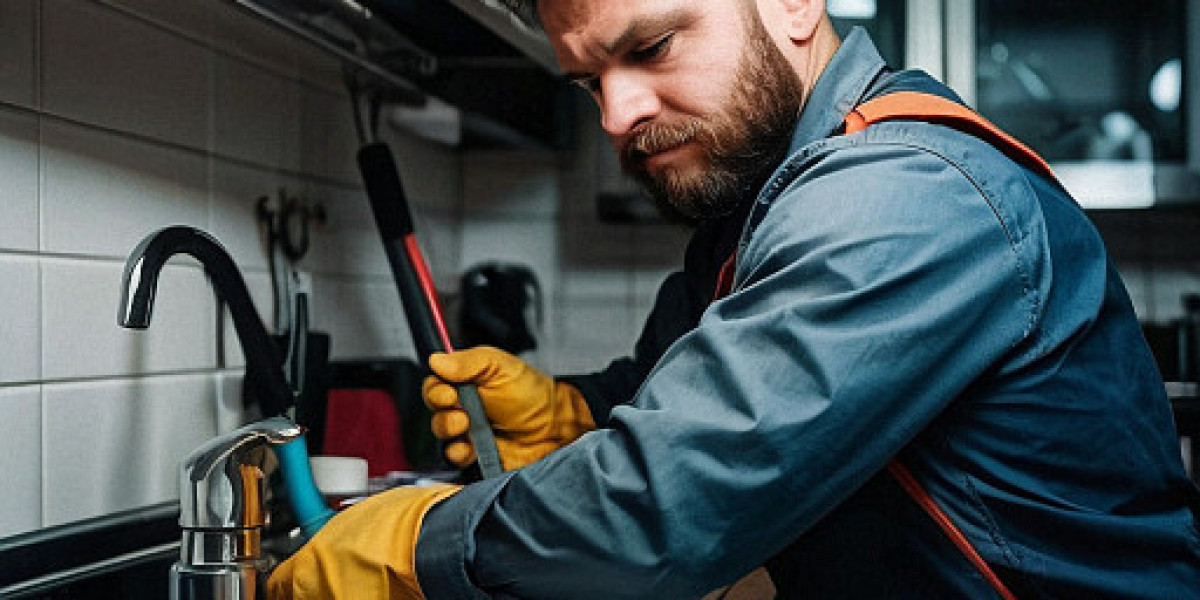Dental crowns are a common dental restoration used to protect and restore damaged teeth. They encase the visible portion of a tooth to restore its shape, size, strength, and appearance. Crowns can be made from various materials, each with its own advantages and considerations. Among these, ceramic crowns are highly favored for their aesthetic appeal and natural look.
What are Dental Crowns?
Dental crowns, often referred to as caps, are prosthetic restorations that cover a damaged tooth to improve its strength, size, and appearance. They are custom-made to fit over the entire tooth and are cemented in place to provide long-term protection and functionality.
Types of Dental Crowns
There are several types of dental crowns available, each with its own set of advantages and considerations:
Ceramic Crowns: Made from porcelain-based material, ceramic crowns are popular for their natural appearance and ability to blend seamlessly with natural teeth.
Porcelain-Fused-to-Metal (PFM) Crowns: These crowns combine the strength of metal with the aesthetics of porcelain, making them suitable for both front and back teeth.
Metal Crowns: Typically made from alloys like gold or nickel-chromium, metal crowns are extremely durable but less preferred for visible areas due to their metallic appearance.
Zirconia Crowns: Known for their strength and durability, zirconia crowns are highly resistant to wear and fracture, making them suitable for posterior teeth.
Advantages of Ceramic Dental Crowns
Ceramic dental crowns offer several distinct advantages that make them a preferred choice for many patients seeking dental restoration.
Aesthetic Appeal
One of the primary reasons patients choose ceramic crowns is their ability to closely mimic the natural color and translucency of natural teeth. This makes them virtually indistinguishable from surrounding teeth, ensuring a seamless smile.
Biocompatibility and Allergy Concerns
Ceramic crowns are biocompatible, meaning they are well-tolerated by the body and unlikely to cause allergic reactions. This makes them suitable for patients with metal allergies or sensitivities.
Durability and Longevity
When properly cared for, ceramic crowns can last for many years. They are resistant to stains and are not prone to wear and tear like natural teeth. With good oral hygiene and regular dental check-ups, ceramic crowns can provide lasting protection and functionality.
Candidates for Ceramic Dental Crowns
Determining whether ceramic dental crowns are suitable involves understanding their uses and benefits in both restorative and cosmetic dentistry.
When Are Crowns Necessary?
Dental crowns are recommended in various situations to restore or enhance the function and appearance of teeth that are damaged, weakened, or aesthetically compromised.
Suitable Candidates for Ceramic Crowns
Restorative Purposes
Ceramic crowns are often used to restore teeth that have large fillings, extensive decay, or fractures that compromise their structural integrity. They provide strength and protection, preventing further damage to the tooth.
Cosmetic Enhancements
In cosmetic dentistry, ceramic crowns are used to improve the appearance of teeth that are discolored, misshapen, or have gaps. They can reshape and recontour teeth to create a more attractive smile.
Preparation for Ceramic Dental Crowns
Preparing for ceramic dental crowns involves several steps to ensure the crowns fit properly and function effectively once placed.
Initial Consultation and Assessment
The process begins with a comprehensive dental examination and consultation. Your dentist will assess the condition of your teeth and gums, discuss treatment options, and address any concerns you may have.
X-Rays and Impressions
Detailed x-rays and impressions of your teeth are taken to create accurate models for fabricating your custom ceramic crowns. These help ensure precise fit and alignment with your natural teeth.
Tooth Preparation Process
Before placing ceramic crowns, the affected teeth are prepared to accommodate the crowns. This involves removing a small amount of enamel to create space for the crown and ensure a snug fit.
Local Anesthesia and Comfort Measures
Tooth preparation is typically performed under local anesthesia to minimize discomfort. Your dentist may also use dental dam and other techniques to ensure a comfortable experience during the procedure.
Temporary Crowns
Temporary crowns are placed over prepared teeth while the permanent ceramic crowns are being fabricated in a dental laboratory. These temporaries protect the teeth and maintain aesthetics and function.
Ceramic Crown Fabrication Process
Fabricating ceramic dental crowns is a meticulous process that involves precise craftsmanship and attention to detail.
Laboratory Fabrication
After impressions are taken, the dental laboratory fabricates ceramic crowns to match the exact specifications of your teeth. Skilled technicians use advanced materials and techniques to create crowns that fit seamlessly and function naturally.
Customization and Shade Matching
Ceramic crowns are customized to match the shape, size, and color of your natural teeth. Your dentist may work closely with the dental laboratory to ensure the crowns blend harmoniously with your smile.
Quality Control and Assurance
Before finalizing the crowns, quality control measures ensure that each crown meets high standards of durability, aesthetics, and fit. This ensures that the crowns will function effectively and provide long-term satisfaction.
Fitting and Placement of Ceramic Dental Crowns
Once the ceramic crowns are ready, they are placed during a final appointment to complete the restoration process.
Final Fitting Appointment
During the final fitting appointment, your dentist checks the fit and appearance of the ceramic crowns to ensure they align perfectly with your bite and surrounding teeth.
Cementation Process
To permanently bond the crowns to your teeth, your dentist uses adhesive techniques that secure the crowns in place.
Adhesive Techniques
Modern dental adhesives ensure a strong bond between the ceramic crowns and your natural teeth, minimizing the risk of displacement or sensitivity.
Checking Occlusion and Bite Alignment
Your dentist checks your bite to ensure that the ceramic crowns do not interfere with your natural bite alignment. Adjustments may be made to ensure comfort and functionality.
Aftercare and Maintenance of Ceramic Crowns
Maintaining good oral hygiene and regular dental visits are essential for the long-term success of ceramic dental crowns.
Immediate Post-Placement Instructions
After ceramic crowns are placed, you may receive specific instructions on caring for your new crowns and any temporary sensitivity you may experience.
Long-Term Care Tips
Oral Hygiene Practices
Brushing twice daily and flossing daily help maintain the health of your teeth and gums, including those with ceramic crowns. Use a non-abrasive toothpaste to avoid scratching the ceramic surface.
Regular Dental Check-ups
Routine dental visits allow your dentist to monitor the condition of your ceramic crowns, check for any signs of wear or damage, and address any concerns you may have about your oral health.
Potential Risks and Complications
While ceramic dental crowns offer many benefits, there are potential risks and complications to consider.
Sensitivity and Discomfort
Some patients may experience temporary sensitivity or discomfort after crown placement, which typically resolves on its own or with over-the-counter pain relievers.
Risk of Crown Fracture or Damage
Although ceramic crowns are durable, they can still be damaged by trauma or excessive force. Avoiding habits like teeth grinding or biting hard objects can help prolong the lifespan of your crowns.
Allergic Reactions and Complications
While rare, some individuals may have allergies or sensitivities to the materials used in ceramic crowns. Your dentist can discuss alternative materials if you have concerns about allergies.
FAQs about Ceramic Dental Crowns
1. How long do ceramic crowns last?
Ceramic crowns can last 10-15 years or more with proper care and maintenance.
2. Are ceramic crowns better than metal crowns?
Ceramic crowns are preferred for their natural appearance, but the choice between ceramic and metal crowns depends on individual needs and preferences.
3. Do ceramic crowns stain?
Ceramic crowns are highly resistant to stains compared to natural teeth, making them a durable option for restoring your smile.
4. Are ceramic crowns expensive?
Ceramic crowns can be more expensive than metal crowns due to their aesthetic advantages and advanced manufacturing processes.
For more information about ceramic dental crowns or to schedule a consultation, visit our website or contact our office today. Our experienced dental team is here to answer your questions and help you achieve a healthy, beautiful smile with ceramic crowns.








